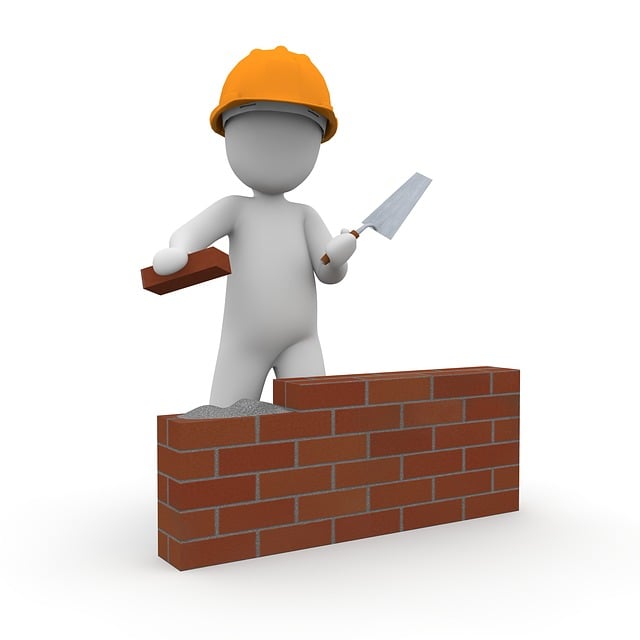In excavation projects, utility mapping services using advanced technologies like GIS and 3D mapping are vital for safety and cost-efficiency. These methods create detailed digital maps of underground utilities, reducing the risk of damaging critical infrastructure, minimizing project delays, and enabling efficient planning. Subsurface utility mapping and accurate solutions from utility mapping contractors ensure reliable data for safe excavation practices, making these services indispensable for successful construction projects.
In the realm of excavation projects, accurate mapping is no longer an option—it’s a necessity. Delve into this comprehensive guide to explore how precise underground utility mapping can prevent costly delays and risks. From understanding the paramount importance of detailed mapping to the transformative roles of GIS and 3D technologies, this article unveils effective strategies. Discover the critical contribution of professional utility mapping services and contractors in offering seamless, reliable solutions for modern excavation challenges.
Understanding the Importance of Accurate Mapping in Excavation Projects
In excavation projects, accurate mapping is more than just a best practice—it’s a critical safety measure and a key component to prevent costly delays. Professional utility mapping services leverage advanced technologies like GIS (Geographic Information Systems) and 3D utility mapping to create detailed, precise digital representations of underground utilities. These solutions include identifying and locating both visible and concealed utility lines, such as water, gas, electric, and communication cables, before excavation begins.
By employing these accurate utility mapping techniques, contractors can significantly reduce the risk of damaging critical infrastructure during excavation. This proactive approach not only avoids safety hazards but also minimizes project delays caused by unexpected utility strikes, which can lead to financial losses and client dissatisfaction. With reliable data from underground utility mapping, excavators can plan their projects more efficiently, ensuring smooth operations and timely completion.
The Role of Utility Mapping Services in Risk Mitigation
Utility Mapping Services: The Key to Risk Mitigation
In the realm of construction and excavation projects, minimizing risks and delays is paramount. This is where professional utility mapping services step in as game-changers. Accurate utility mapping solutions are indispensable tools for navigating the complexities beneath our feet. By employing advanced technologies like 3D utility mapping, GIS (Geographic Information System) utility mapping, and subsurface utility mapping, contractors can gain a comprehensive view of underground infrastructure.
These professional services offer a comprehensive approach to identifying and marking utility lines, ensuring that excavation projects are carried out safely. With precise data on the location and depth of pipes, cables, and other utilities, construction teams can avoid costly mistakes and potential hazards associated with damaging critical infrastructure. Thus, engaging reputable utility mapping contractors ensures efficient project execution, reduces delays, and safeguards both workers and the surrounding environment.
Advanced Mapping Technologies: GIS, 3D, and Their Impact on Precision
Advanced Mapping Technologies like Geographic Information Systems (GIS) and 3D modeling are transforming the way utility mapping services are delivered. GIS utility mapping provides a comprehensive, digital representation of an area’s underground infrastructure, including water, gas, electricity, and telecommunications lines. This technology allows for precise identification and documentation of utility lines, reducing the risk of accidental damage during excavation projects.
By leveraging 3D utility mapping, professionals can create detailed, three-dimensional models of the subsurface landscape. These models not only offer enhanced visualization but also enable more accurate planning and coordination. With such advanced mapping solutions, utility mapping contractors can efficiently locate and map underground utilities, ensuring timely and safe excavation while minimizing delays caused by unexpected obstructions or damage to critical infrastructure. This precision is particularly crucial in urban areas where densely packed underground utilities require meticulous care during construction or renovation projects.
Engaging Professional Utility Mapping Contractors for Seamless Integration
Engaging professional utility mapping contractors is a strategic move to ensure seamless integration of accurate mapping solutions into your project. These specialists offer advanced services like underground utility mapping, 3D utility mapping, and GIS utility mapping, which are instrumental in identifying and locating critical subsurface utilities before excavation begins. Their expertise lies in providing precise utility line mapping, minimizing the risks of damaging hidden infrastructure during construction or renovation projects.
By outsourcing to professional utility mapping contractors, you gain access to state-of-the-art technology and comprehensive data management systems. This ensures that your project avoids costly delays caused by unforeseen utility obstructions, thereby enhancing overall efficiency and safety. Their experience in handling diverse terrain and complex utilities makes them indispensable partners in preventing excavation risks and streamlining project timelines.
Accurate mapping is an indispensable tool in excavation projects to prevent risks and delays. By leveraging advanced technologies like GIS and 3D mapping, as well as engaging professional utility mapping contractors, construction teams can achieve seamless integration of underground utility mapping data. These solutions provide precise subsurface utility mapping, ensuring that critical infrastructure remains intact during excavations. Investing in accurate utility mapping services is a game-changer, fostering efficient project management and mitigating potential hazards, ultimately leading to safer and more successful excavation endeavors.
